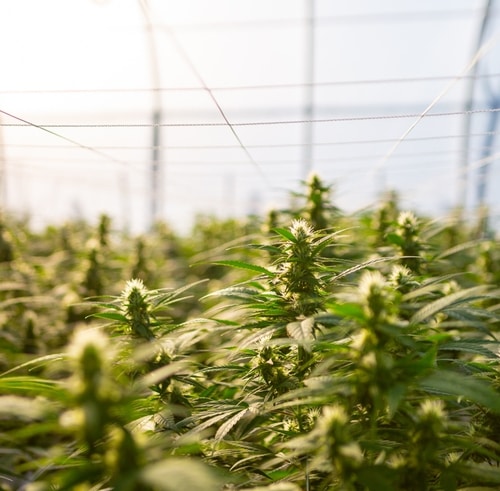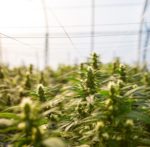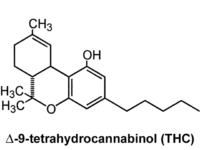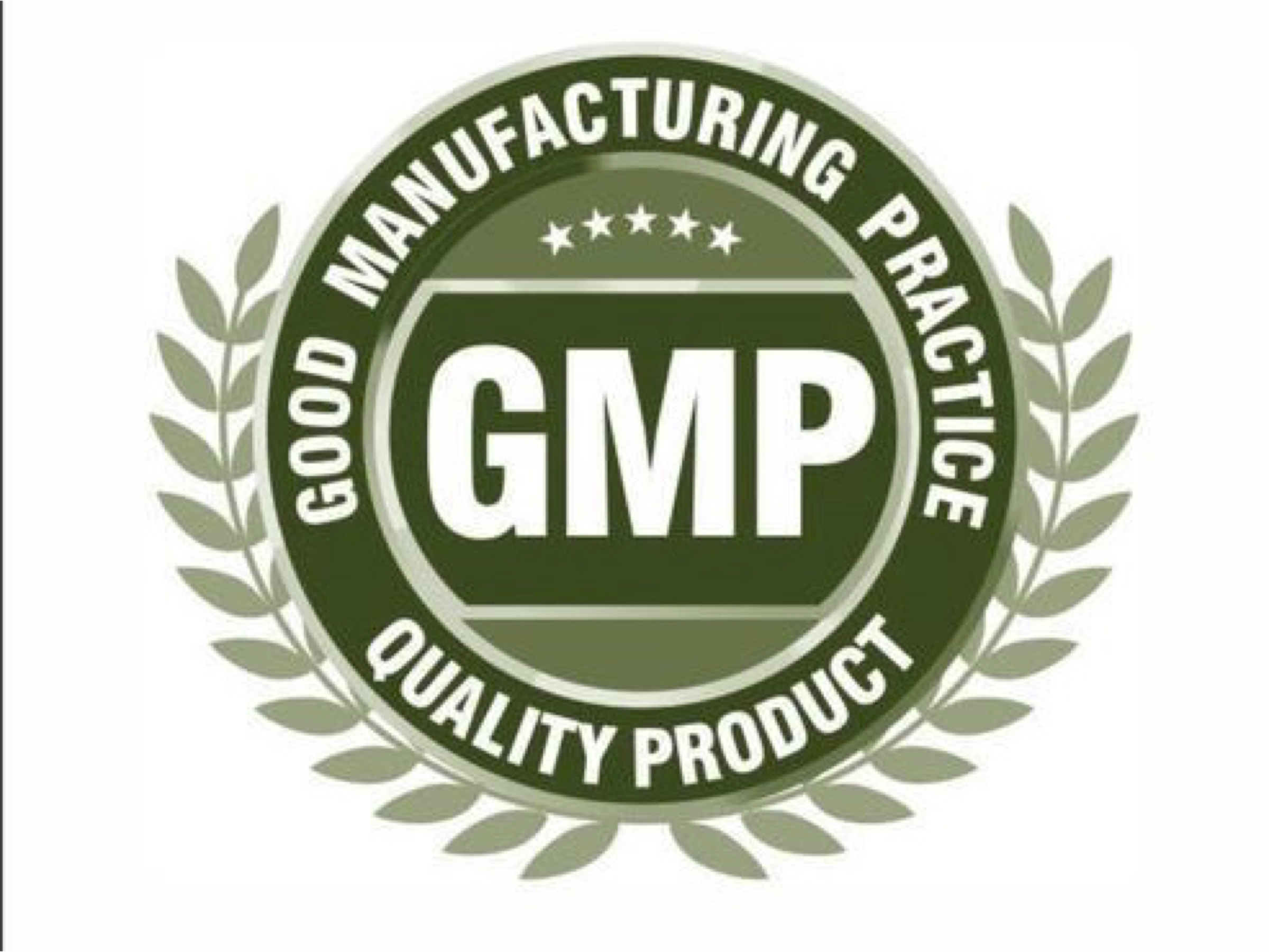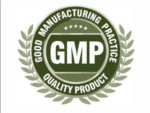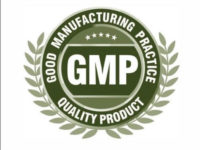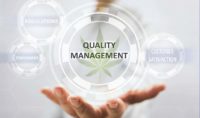As cannabis legalization becomes more prolific across the United States, entrepreneurs are entering the cultivation business in droves. With so many new companies entering the market and growing cannabis, there are a lot of common errors made when getting started. Here are ten of the biggest mistakes you can make when building a cannabis grow facility:
- Failure to consult with experts in the cannabis business – poor planning in floorplan and layout could create deficient workflow causing extra time and costing profits. Bad gardening procedures may result in crop failure and noncompliance could mean a loss of license. Way too often, people will draft a design and begin construction without taking the time to talk to an expert first. Some important questions to ask yourself and your consultant are: What materials should be used in the building of the grow? Is my bed-to-flower ratio correct? How long will it take before I can see my first harvest?
- Contractor selection – DO NOT build your own facility; leave it to the experts. Sure, you have experience building things and you have a friend who has worked in construction. Do not make this mistake – Our experience can save you from the mistake’s others have made. To stay lucrative in this competitive industry and to maximize your products’ quality and yields, have the facility built right the first time. Paying an experienced, qualified cannabis professional to build you a facility will produce better yields and will save you time, stress and money in getting you from start of construction to your first crop.
- Not maximizing your square footage potential – With today’s fast changing environment, multi-tiered stationary racks, rolling benches and archive style rolling racks help maximize square footage. Without the proper garden layout, you will find yourself pounds short of your potential each harvest.
 Inadequate power – Not planning or finding out if there is sufficient power available at the site for your current and future needs. This will stop you from building the overall square footage you want. When finding a building make sure you first know how much power you will need for the size grow you want. With proper engineering you will find out what load requirements will be so you can plan accordingly.
Inadequate power – Not planning or finding out if there is sufficient power available at the site for your current and future needs. This will stop you from building the overall square footage you want. When finding a building make sure you first know how much power you will need for the size grow you want. With proper engineering you will find out what load requirements will be so you can plan accordingly.- Material selection – The construction material that goes into a cultivation and extraction facility should consist of nonabsorbent anti-microbial finishes. The days of wood grow benches are long gone. Epoxy flooring, metal studs and other materials are mandatory for a quality-built, long-lasting facility.
- Hand watering – Once your facility is up and running, many people feel they have spent enough money and they can save by hiring people to water by hand, rather than going with an automated system to handle the watering and nutrients. The problem with this is your employees are not on your plants timetable. What if an employee calls off and can’t come into water at the right time or they mix the wrong amount of nutrients from the formula you have selected? These are issues we see a lot. It is critical to perform precise, scheduled watering and nutrient delivery to increase your yields.
- Failure to monitor and automate – Automating your grow is important for controlling the light and fertigation schedules as well as data collection and is crucial to maximizing yields. Being able to do this remotely gives you peace of mind in that you can monitor your grow room temperature and humidity at all times and be notified when something is not right.
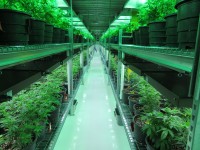 Poor climate – This can cause stunted growth, smaller harvests and test failures. Our experience has taken us to facilities that have had mold and mildew issue due to poor climate. Proper air balancing, additional dehumidification along with a proper cleaning procedure can get a facility back in working order. Installing proper climate control systems could save millions of dollars.
Poor climate – This can cause stunted growth, smaller harvests and test failures. Our experience has taken us to facilities that have had mold and mildew issue due to poor climate. Proper air balancing, additional dehumidification along with a proper cleaning procedure can get a facility back in working order. Installing proper climate control systems could save millions of dollars.- Choosing the wrong site or building – Not knowing the history of the building you are choosing to rent or buy can create logistical and monetary nightmares. The wrong site can be a distribution and marketing disaster. In the wrong building, exponentially more money is spent to bring that building up to the standards needed for successful production and yields. For example, bringing in the ceiling and the cleaning of an existing facility can be a great expense. If you do not know what you are looking at when you purchase, you may be in for months of unaccounted expenses and inaccurate timelines. This can be detrimental for companies and individuals that are on restricted timelines and have to start producing successful and continuous yields from a space that has to be converted into a prime grow facility.
- Failure to maintain your facility – A dirty site creates an invitation for pests, workplace injuries, unhealthy working environment and equipment failure. Keeping the facility and equipment properly maintained with routine service will ensure efficiency, longevity of equipment life span and reduce mold and bacteria risk. Clean facilities = clean plants and better flower.

